Optimal Timing for Foundation Repairs
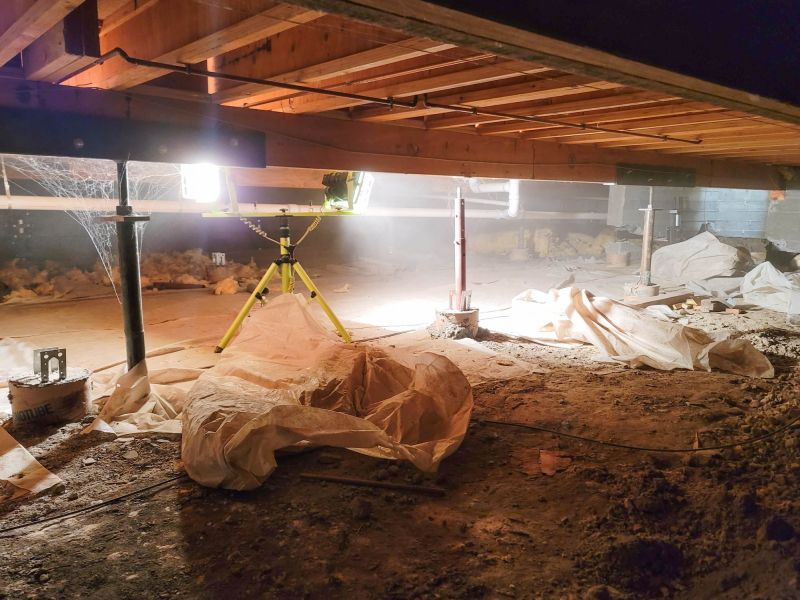
Spring offers moderate temperatures and stable moisture levels, making it suitable for foundation repairs. Dry conditions reduce the risk of further shifting during repairs.

Summer's warm weather can facilitate certain repair methods, but excessive heat and dry soil may complicate some projects.

Fall provides cooler temperatures and often more stable soil conditions, ideal for foundation work before winter.

Winter is generally less suitable due to freezing temperatures and frozen ground, which can hinder repair work and cause additional shifting.
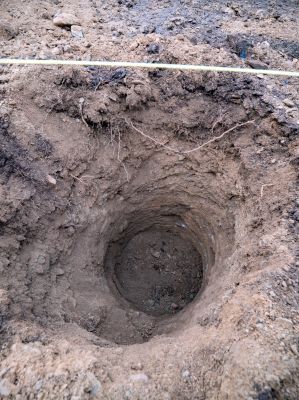
Periods of low rainfall help prevent soil expansion and contraction, reducing the risk of future foundation issues during repairs.

Heavy rainfall can cause soil to swell and shift, complicating repair efforts and potentially leading to further foundation movement.
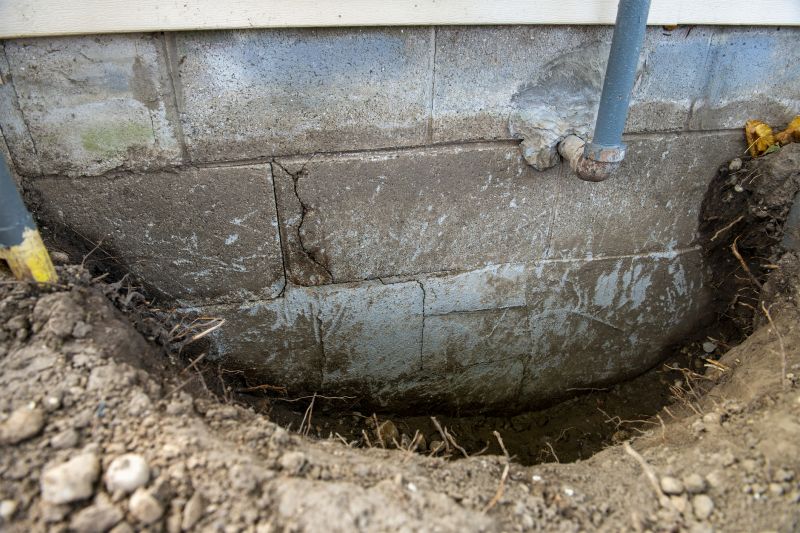
After a drought, soil may be extremely dry and compacted, requiring specific repair techniques once moisture levels normalize.

Scheduling repairs before heavy rain can prevent water infiltration and soil movement during the repair process.
Foundation repairs are essential for maintaining the structural integrity of a building. They address issues such as settling, cracking, and shifting caused by soil movement, moisture changes, and other environmental factors. Proper timing of repairs can enhance the effectiveness of the work and reduce the likelihood of future problems.
Statistics indicate that foundation problems can affect up to 25% of homes in regions with variable soil conditions. Addressing these issues promptly can prevent more extensive damage and costly repairs later. Seasonal considerations, such as soil moisture levels and temperature, play a significant role in the success of foundation repair projects.

Cracks often indicate underlying settlement or shifting that requires timely repair to prevent structural damage.

Floor unevenness can signal foundation movement, which may worsen if not addressed promptly.
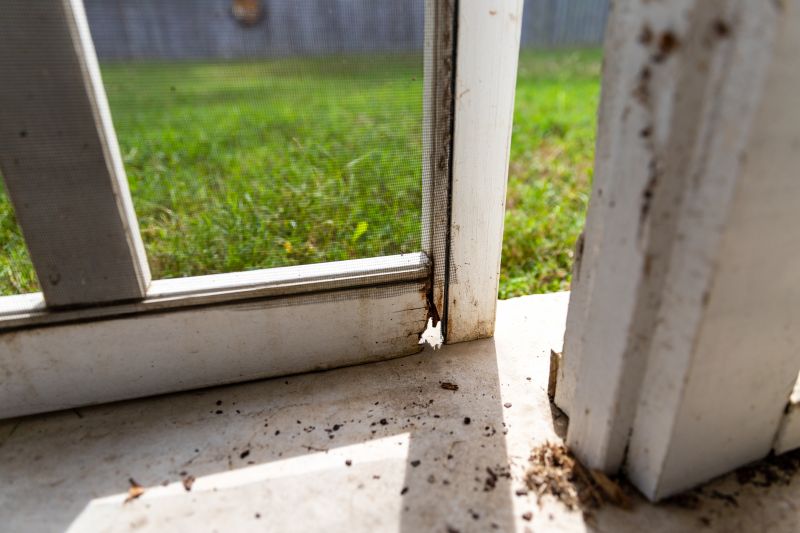
Difficulty opening or closing doors and windows can be a sign of foundation shifts affecting the structure.
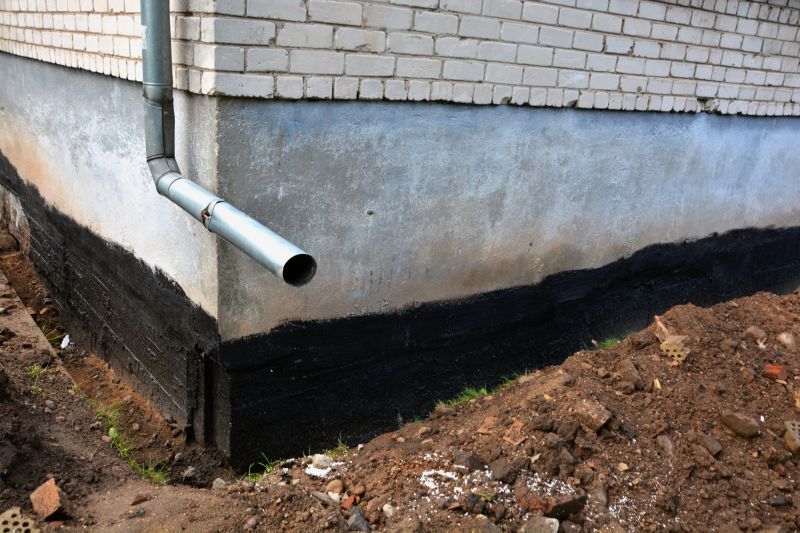
Leaks and moisture problems in basements may result from foundation cracks or settling.
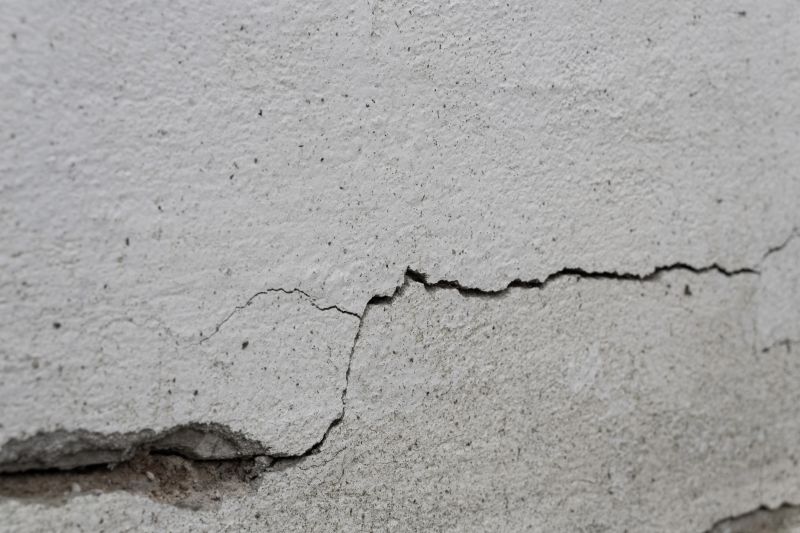
Wall bowing or sagging indicates foundation instability that needs assessment and repair.
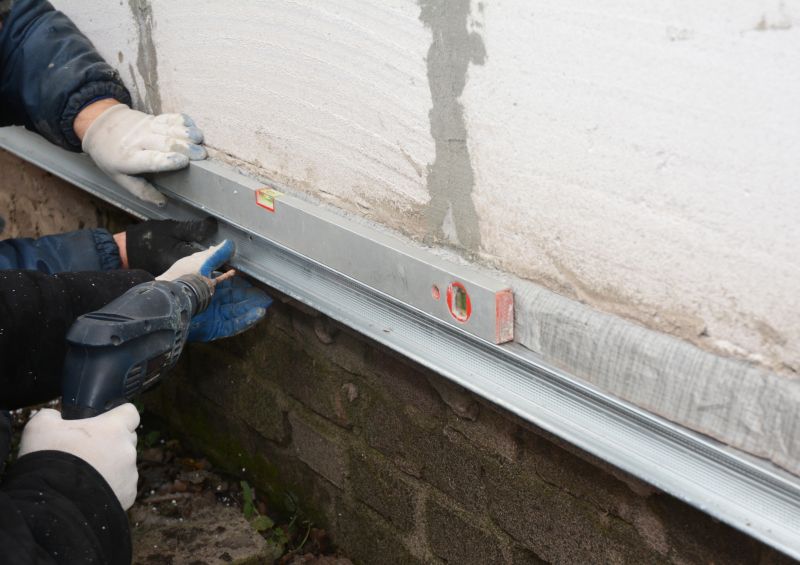
Fluctuations in soil moisture levels contribute to foundation movement and should be monitored.
Finishes and colors that play nicely with Foundation Repairs.
Little measurements that prevent headaches on Foundation Repairs day.
A 60-second routine that keeps Foundation Repairs looking new.

